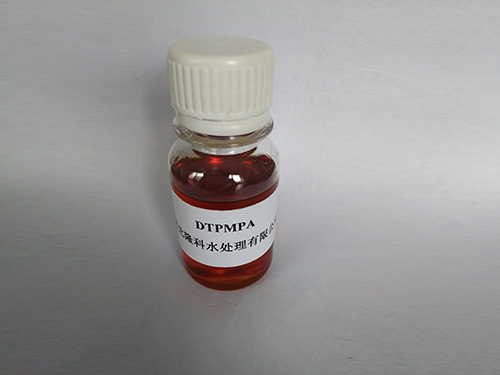different types of flocculants
Flocculants are chemical substances that promote the agglomeration of particles suspended in a liquid, aiding in the process of separation and purification. They are widely used in various industries, including water treatment, wastewater management, and mineral processing. Different types of flocculants are utilized, each with specific properties and applications.
One of the primary categories of flocculants is organic flocculants, which are typically derived from natural sources or synthesized from organic polymers. Natural flocculants, such as starch, chitosan, and guar gum, are biodegradable and non-toxic, making them suitable for applications in food processing and potable water treatment. Synthetic organic flocculants, on the other hand, include polyacrylamides and polyamines, which are more effective in achieving rapid flocculation and dewatering of sludge in wastewater treatment. These synthetic options can be tailored to meet specific requirements, making them highly versatile.
Inorganic flocculants are another significant category, commonly used for industrial applications. Aluminum sulfate, also known as alum, is one of the most widely used inorganic flocculants, particularly in drinking water purification and municipal wastewater treatment. Ferric chloride and polyaluminum chloride (PAC) are other examples, which are effective in removing suspended solids and phosphorus from wastewater. Inorganic flocculants are generally cost-effective and work well in a variety of pH levels, although they may produce more sludge than their organic counterparts.
different types of flocculants

Biopolymer flocculants are gaining attention due to their environmental benefits. These are derived from renewable resources and include materials like starch and cellulose. They offer a sustainable alternative to conventional flocculants and have shown promising results in various applications, including the treatment of industrial effluents.
Regardless of the type, the choice of flocculant depends on several factors, including the nature of the suspended particles, the characteristics of the liquid medium, and the specific goals of the treatment process. Proper dosage and application methods are crucial for achieving optimal results, as overuse can lead to excess sludge or ineffective flocculation.
In conclusion, the selection of the appropriate flocculant is essential for efficient separation and purification processes. With ongoing research and development, the flocculant industry continues to evolve, offering innovative solutions that enhance performance while minimizing environmental impact. Understanding the different types of flocculants and their applications is crucial for industries aiming to optimize their operations and meet regulatory standards.
-
Water Treatment with Flocculant Water TreatmentNewsJun.12,2025
-
Polymaleic AnhydrideNewsJun.12,2025
-
Polyaspartic AcidNewsJun.12,2025
-
Enhance Industrial Processes with IsothiazolinonesNewsJun.12,2025
-
Enhance Industrial Processes with PBTCA SolutionsNewsJun.12,2025
-
Dodecyldimethylbenzylammonium Chloride SolutionsNewsJun.12,2025





